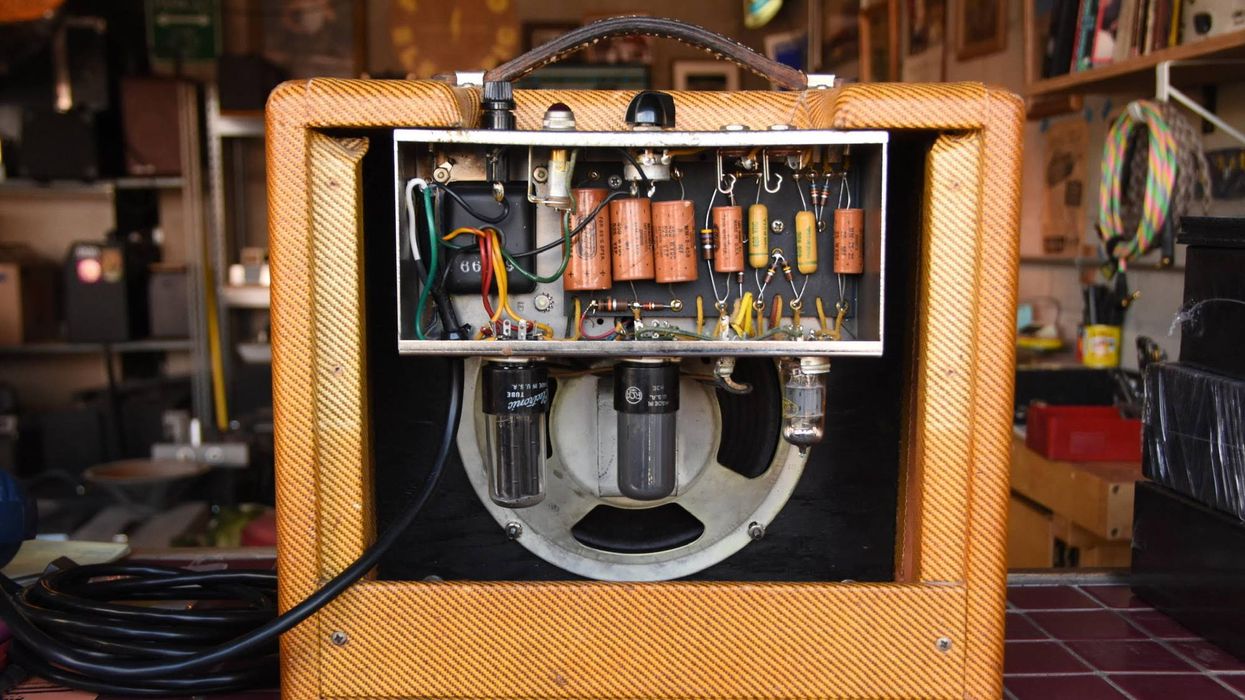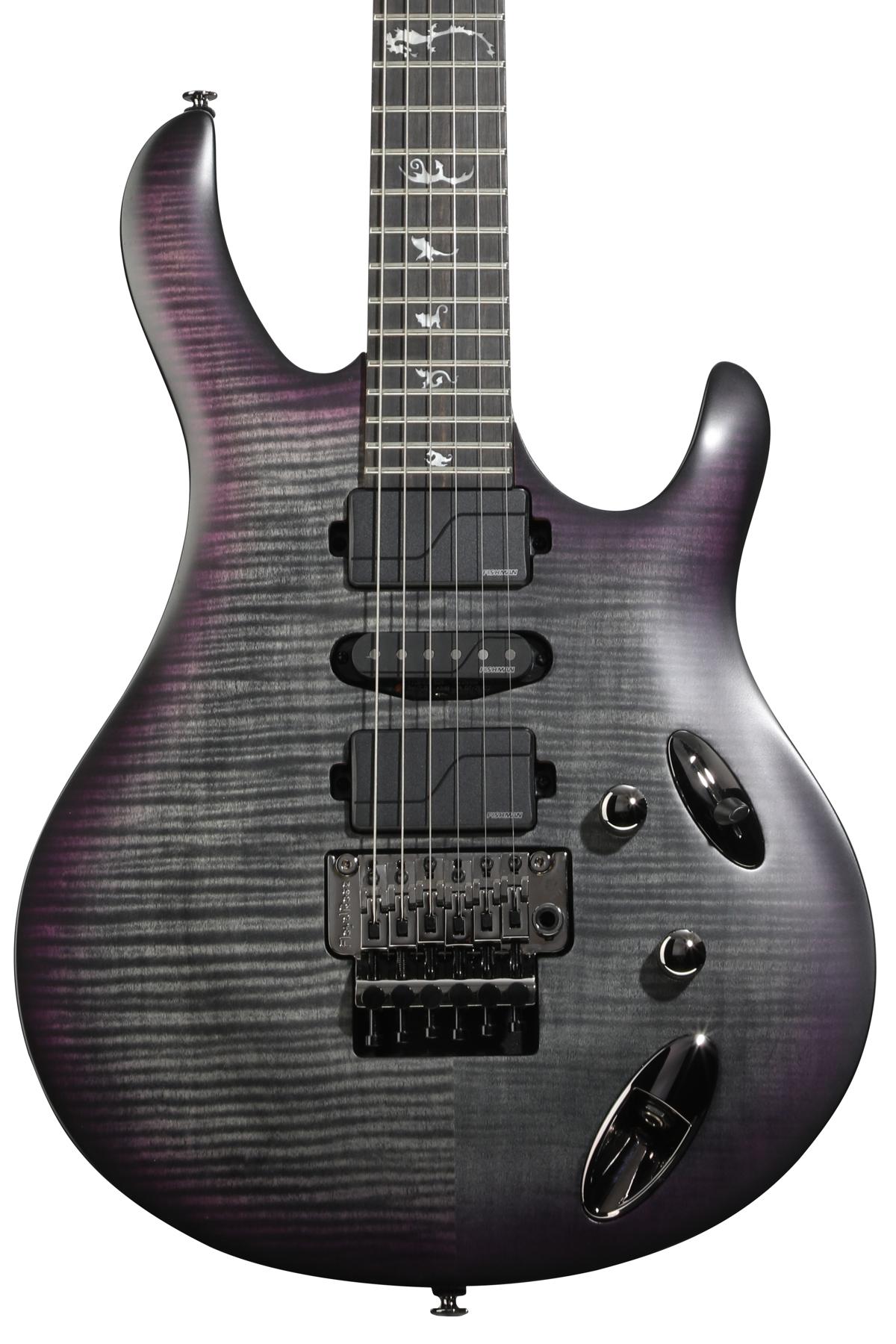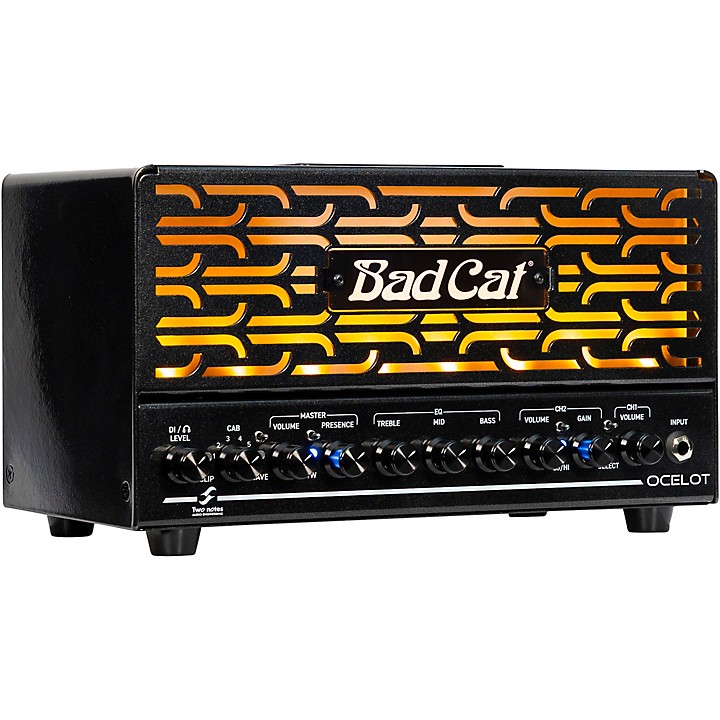Greetings, fuzz freaks! Welcome back to Stomp
School. We have a real treat for you this month:
an interview with legendary effects pioneer,
Roger Mayer. I was recently sorting through
some old files and found interview material I
had left over after writing Analog Man’s Guide
to Vintage Effects. Among the discoveries was
part of a conversation I had with Roger Mayer
in 2003. As many of you know, Roger invented
the Octavia and was the personal gear guru for
Jimi Hendrix. Here’s an excerpt from our conversation in which Roger and I discuss transistors and the original Fuzz Face.
What do you think is the most essential element of a fuzz pedal?
Mayer: There isn’t one element. I mean, obviously, the overall sound. But that’s not an element, that’s a result of the element. There are
many different ways to create the sound, and
so many interactive things in the pedal. You
can’t really say there’s one thing.
So it’s how they all interact with each
other?
Absolutely! In the old days, the thing with the
germanium transistors was the huge spread of
each transistor. You couldn’t take a hundred
out of a box and use the same components
for each one.
Because they were inconsistent?
Yes.
The gains would be all over the place, I guess.
Oh, all over the place. The leakage is all over
the place. Are you familiar with the way transistors are made? Basically, the transistors are
going to use a silicon or germanium wafer, and
it goes through a bunch of processes—chemical
etching, doping, and so forth. And then they’re
put into an oven. Now, they’re gonna make
quite a few transistors on a wafer, depending
upon their size. And after these transistors are
made, they’re all kind of diced up, almost like
slicing a pizza into small squares.
Now, out of one die shape they might get,
say in the case of the silicon transistor, 20 or
30 numbers out of it. But you’ve got all these
variables—the temperature will be inconsistent across the die, the impurities of the doping, and all that. So they test each transistor
and categorize it for low noise, high voltage,
current gain, and so on. That’s how you get a
whole series of numbers that are all the same.
In the early days, the control process wasn’t as
perfect as it is today. So consequently, there
was quite a bit of a spread in the manufacturing. Especially with germanium, it was not
quite as tightly controlled as silicon. It’s nothing to have a transistor selected for low noise,
and then have the gain vary anywhere from
100 [hFE] up to 800 [hFE].
This was something, I guess, Arbiter didn’t
know about.
Well, it’s not that they didn’t know. If you’re
talking about the Fuzz Face, I’d say it certainly
isn’t a device that’s the best example of a fuzz
box, you know? Even though Jimi [Hendrix]
made them very successful, the actual design
is a complete disaster when it comes to temperature stability and everything else.
That’s why there were so few of them that
actually sounded good.
That’s right. We make a version today, but we
take a thousand transistors and select them
out, and then we group them into pairs, and
then we have a little preset on the card, just
to tweak it to make it work properly.
You were probably the first to propose the
idea that all the components needed to
work together in this particular circuit for it
to sound good.
Well, Jimi would buy half a dozen of these
pedals, find one that sounded great, and then
we’d mark it, right? One day it would work and
another day it wouldn’t work so well in a different environment. Jimi would say, "What’s going
on?" and I’d say, "Well, it’s got to be temperature, Jimi. That’s the only thing that’s changing." So that’s what got me to look inside the
box. We got a good sounding one at a certain
temperature, but as the temperature changed
you could see the biasing completely shift. I
started analyzing them a bit more carefully to
find the combinations that work well. You might
buy 20 pedals to find a really good one, but
then it wasn’t stable at all temperatures. If you
took it out of the trunk of a freezing car in the
winter and brought it into the club, it wouldn’t
sound too clever until it warmed up a bit.
I’ve heard stories of people putting a heat-
er next to it.
Yeah, as I’ve said, the early ones were basically
crap. Then they went on to the silicon ones,
which had a bit more gain and high end, but
they were terribly prone to pick up radio and
start oscillating and were bloody unstable. We
used to get around this in the studio by putting different buffers in front of the pedal. A
Fuzz Face does not particularly like looking at
the coil of a guitar where the output impedance is rising continuously, or it may squeal
when it looks at a wah-wah pedal. It could be
best described as a minimum parts circuit, for
sure. It wouldn’t be something you’d deliberately go home and design, you know?
So there we have it, straight from the man
himself. It’s good to remember that, thanks to
the pioneering efforts of Roger Mayer, many
boutique pedal builders today are familiar
with fine-tuning component values to optimize
a fuzz circuit.
See you next month. Until then, keep
on stompin’!
Tom Hughes
(a.k.a. Analog Tom) is the owner and proprietor of For Musicians Only (formusiciansonly.com) and author of Analog Man’s Guide to Vintage Effects. Questions or comments about this article can be sent to: stompschool@formusiciansonly.com.
Analog Man
(analogman.com) is one of the largest boutique effects manufacturers and retailers in the business, and it was established by "Analog" Mike Piera in 1993. Mike can be reached at AnalogMike@aol.com.











![Rig Rundown: Russian Circles’ Mike Sullivan [2025]](https://www.premierguitar.com/media-library/youtube.jpg?id=62303631&width=1245&height=700&quality=70&coordinates=0%2C0%2C0%2C0)







